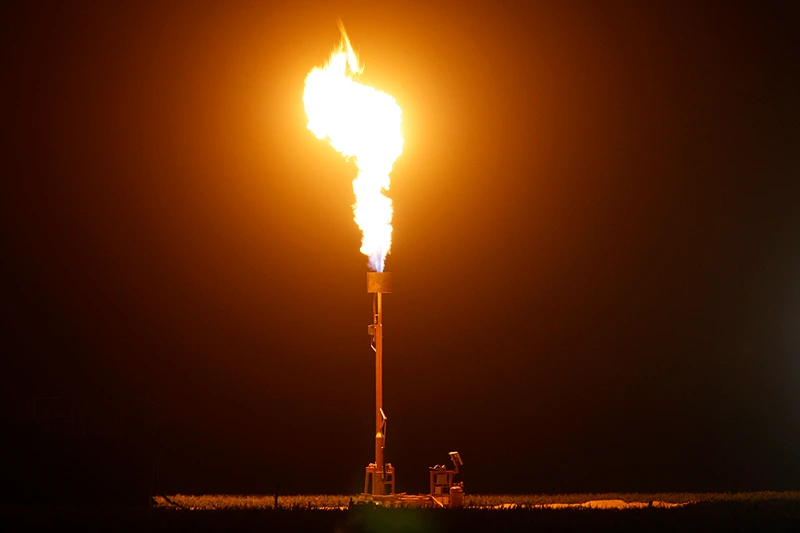
OAN’s Abril Elfi
2:47 PM – Tuesday, August 1, 2023
The state of California continues to rely on fossil fuels to supply electricity during the ongoing summer heat wave. Solar energy and wind energy are reportedly not able to match demands during the peak evening hours.
On Sunday, 45% of California’s electricity came from natural gas, compared to the 27% that came from renewable sources.
When solar energy technology is not operating to its full potential during the evening and early morning, the state’s grid is dependent on fossil fuel facilities. This includes the 7 p.m. time frame when electricity usage is said to be at its peak.
Kevin Slagle, a spokesperson for the Western States Petroleum Association, gave his opinion on the matter.
“The state will need three times the electricity production we have today, 30 times the number of EVs on the road and energy infrastructure will need to be built at a historical pace,” Slagle said. “While these challenges and the costs associated with them are worked through, the facts are we need natural gas to power our grid, even today with normal temperatures and clear skies, natural gas is the largest contributor to California’s power grid.”
Released data had indicated that California relies more on natural gas, however, the state also relies on imported electricity. This energy is primarily produced by fossil fuels and accounted for close to 11% of the total output.
Governor Gavin Newsom (D-Calif.) claims fossil fuels are the cause of climate change.
On July 11th he spoke on the subject after announcing a two-year $20 million educational campaign speaking about the dangers of heat waves.
“The impacts of climate change have never been more clear — the hots continue to get hotter in our state and across the West putting millions of Californians at risk,” he said. “We’re asking everyone to stay alert to changing weather and take the necessary steps to keep themselves and their families safer from deadly heat waves.”
Due to the heat dome over southern California, residents in various sections of the state have reportedly experienced triple-digit temperatures, and in some cases record-breaking ones. It is believed that the need for energy is rising. The state is working diligently to electrify and switch to renewable energy as soon as possible.
Stay informed! Receive breaking news blasts directly to your inbox for free. Subscribe here. https://www.oann.com/alerts

